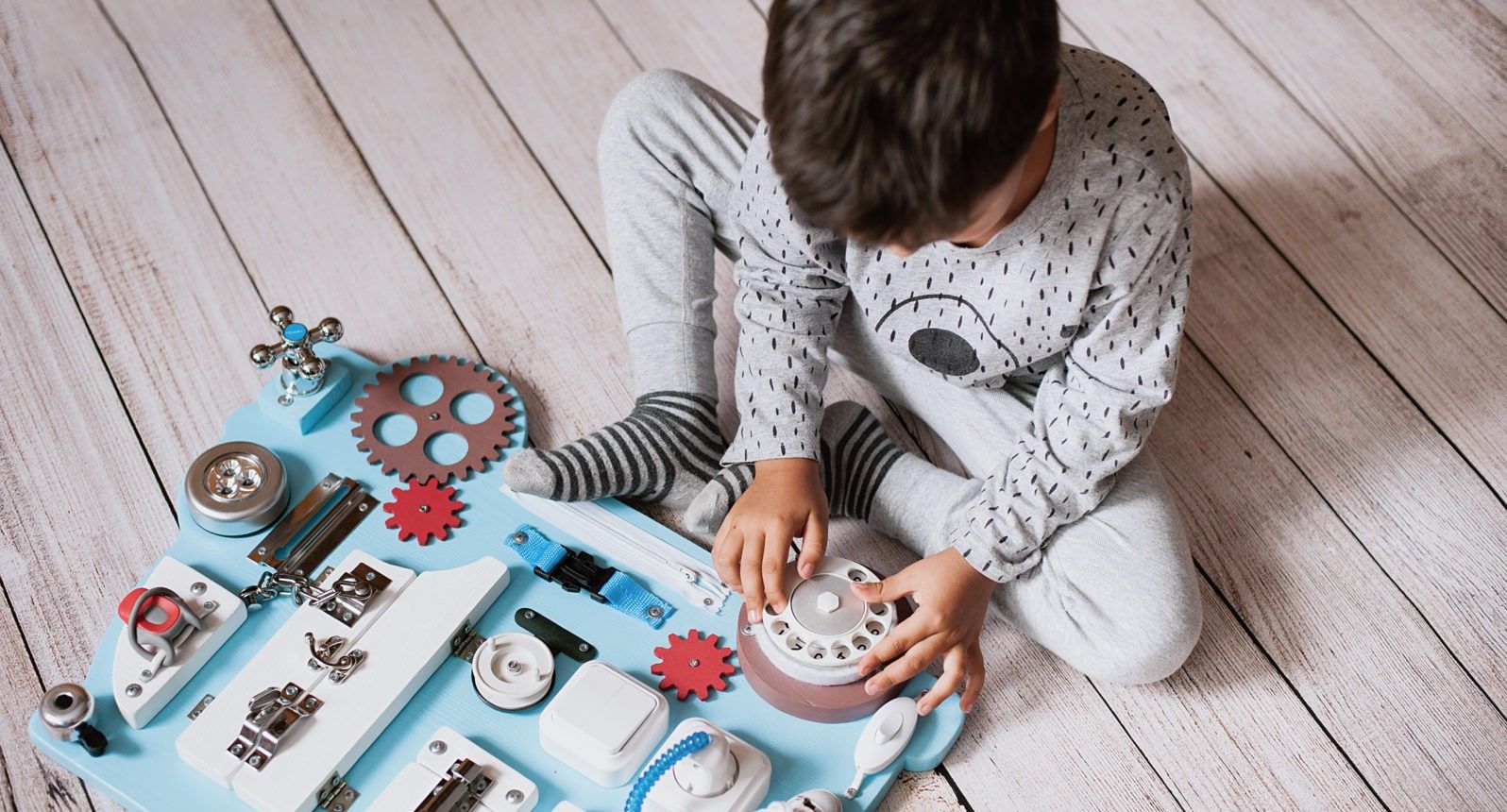At this point, you’ve probably, at the very least, heard of Montessori. Maybe you went to a Montessori school, maybe you’re considering it for your kiddo, maybe you have no idea what Montessori is, (maybe, somehow, you are a mixture of these). Let’s break down Montessori into three key points for an easy-to-digest snapshot to help see the benefits of the educational philosophy and method.
Independence
If there is one word most synonymous with Montessori it’s independence. The essence of Montessori is that kids, even (or especially) babies, are natural born scientists. They have a passion for learning and an innate, inner guide within them that will gear them towards certain activities & materials in order to develop their brains & bodies the way they should. Because of this, Montessorians aren’t teachers, they are “guides”. Classrooms aren’t classrooms at all, but “environments”, set up strategically with activities & materials to captivate, inspire, and teach children. Barring a few key rules regarding protocol & respect, little ones have free reign to determine their daily activities & efforts.
Sensitive Periods
A key component of the Montessori Method is that children learn through certain developmental stages, called “sensitive periods”, that cause them to become particularly fixated on an activity. The thinking is that these fixations correspond with what their brains and bodies are naturally primed to learn. The most obvious is language. We all know little ones are receptors for language and language acquisition. All the language immersion elementary schools didn’t just pop up randomly out of thin air. Outside of language, children go through sensitive periods of movement, for order & routine and a whole host of other aspects that are directly tied to both academic and social skill. These periods have been studied and applied within the Montessori Method to inform what materials are introduced in an environment (and when). They also inform the approach and strategies a Montessori guide uses in teaching, guiding, disciplining, and praising.
Praising (or the lack thereof)
A big part of Montessori is the vibe this methodology subscribes to, which is to say, chill. Very chill. Montessori applies a calming, careful, slower pace to tasks and routines. This allows little ones to express themselves and determine emotions and thoughts without the constant direction and distraction of louder, more demonstrative adults. To that note, Montessori leaves room for kids to decide what activities they love and what areas of learning they are interested in by removing overt elements of praise. The thinking is that if a child paints a picture, immediately shows an adult and that adult showers them with praise, they become so enamored with the praise that they lose the chance to discover whether they like painting for the sake of painting at all. Rather than shoot off a reflexive “good job”, Montessori encourages you to take the moment to keep the focus on how your kiddo feels about their efforts. For example, if they show you a painting they’ve created, comment on the work: “You used blues and greens and just a little yellow. And I see shapes too”. This way you acknowledge their work while keeping the focus on them and not on your reaction.
Montessori allows ample room for children to explore and determine the flow of their day and the acquisition of their own education. However, strategic study and planning have been applied to ensure that necessary developmental milestones and markers are hit. Think of Montessori kiddos as the captains of their own ships, and think of Montessori guides and environments as the ocean, wind, and sun around them. By creating parameters that allow for productive and purposeful exploration, a child is able to choose their own course and may find learning to be a more natural and enjoyable experience because of it.




